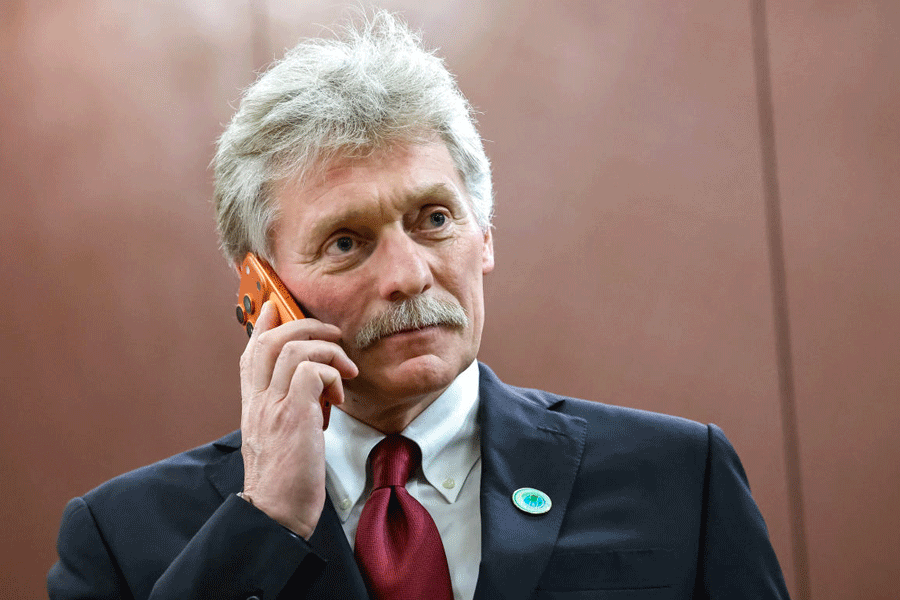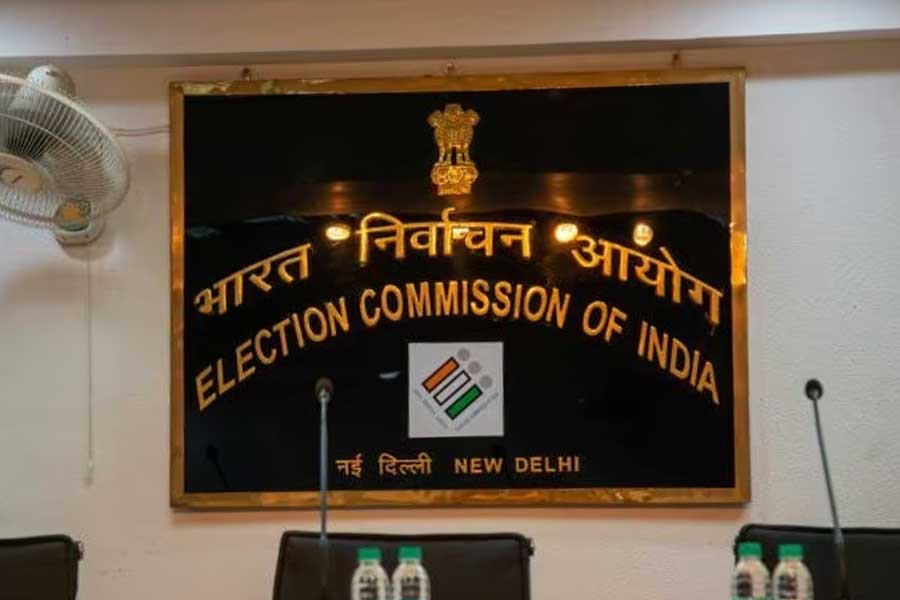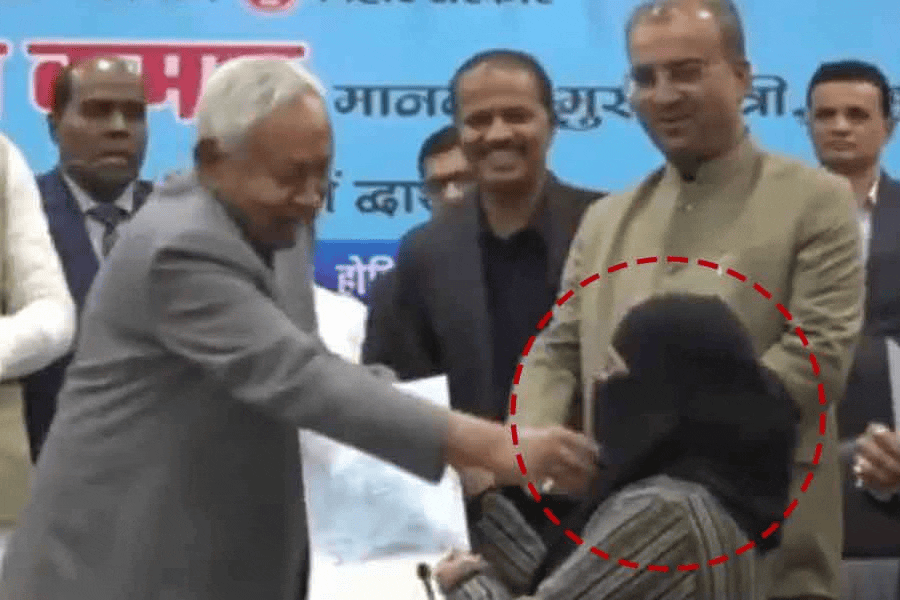|
|
|
Recently, I came across a letter published in The Telegraph. The letter-writer, having been overwhelmed by Sujoy Ghosh’s new film, Kahaani, had demanded that the film be exempted from taxes as it “promotes” Calcutta, its traditions and culture. More than the demand, I was intrigued by his choice of words. ‘Promotion’ alludes to selling or advertising a product: in this case, a city. Kahaani, like Satyajit Ray’s Pratidwandi, Seemabaddha and Jana Aranya — the three films that make up the master’s ‘Calcutta trilogy’, as Supriya Chaudhuri calls them in “In the city” — is also a film about this city. I have no intention of comparing the merits of Ghosh’s film with those of Ray’s in detail. I will limit my observations to their treatment of the city as a primary character because Ghosh, like Ray, attempts to turn his film into a sort of visual archive of the Calcutta of a particular time.
The opening sequences in Kahaani hold out the hope that the director would be viewing Calcutta through the prism of an older sensibility. There are vignettes of the suffocating press of human bodies in a crowded Metro station, of a surge of bodies, this time of taxi drivers, towards the heroine as she makes her way out of the airport, of cars locked in serpentine queues on the roads. Each image echoes some of the frames in Pratidwandi and Jana Aranya: Siddhartha hanging precariously on the footboard of an overcrowded double-decker bus and the mass of sweating bodies in the interview room; Somnath and his mentor, Bishuda, making their way past a swarm of people along the potholed alleys of Burrabazar, and so on. Ghosh seems to have fallen back on Ray’s imagination, one that saw Calcutta as an asphyxiating presence, closing in on, altering and, finally, swallowing people.
Two other sequences — one in which Vidya Balan stands in front of an open window overlooking the street and another in which she enquires about hot and cold water — are similarly inspired by scenes in Charulata and Seemabaddha, respectively. I have no intention of nitpicking with Kahaani on the grounds of originality. What disappointed me most was that Ghosh fails to build on the themes of deception and menace to visualize the heart of Calcutta.
There are two specific reasons for this. The first has to do with Ghosh’s cinematic treatment which, unfortunately, lacks the kind of subtlety that is necessary for this kind of a portrayal. In Kahaani, the contract killer chases the heroine inside a Metro station, reminding her at the top of his voice how dangerous Calcutta is. Ray’s symbolic depiction of Calcutta’s menace — its overbearing presence, the violence, penury and joblessness, its role in the irreversible erosion of moral values — is far more nuanced. Except for the scene in which the driver is assaulted by an angry mob in Pratidwandi and the injury to the security guard in a bomb blast in Seemabaddha, there are no direct representations of violence in the trilogy. The threat that the city poses to the lives of the protagonists is manifest in conversations — Shyamalendu teases Tutul, his sister-in-law, about armed revolutionaries in Seemabaddha, Somnath informs his father about a gang being killed by the police in Jana Aranya, Siddhartha describes a bomb attack inside Lighthouse in Pratidwandi. Like a spectre, a menacing and violent Calcutta lurks in the background, sometimes forcing its residents to seek escape through a sense of physical distance. (In Seemabaddha, for instance, Shyamalendu’s wife, Dolon, tells Tutul that they chose to take a flat on the eighth floor to keep themselves safe.)
Significantly, Ray plays out the city’s terror not just through images but also through noise. Pratidwandi, in many ways, is about the city’s noises drowning conscientious voices. This is depicted, most effectively, by the dismembered voice emanating from a massive rally that can be heard over the conversation Siddhartha has with his girlfriend atop Tata Centre. Kahaani, too, records noises: the steady hum of traffic that streams in through the window in the police station, the splash of tea being poured into clay cups, the rattle of trams. But these noises are nothing more than faithful registers of the everyday in Calcutta’s life. They are bereft of any implicit threat.
The mitigation of the city as a site of fear in Kahaani can also be ascribed to the application of modes of representation that trace their roots to an aesthetic that informs advertising. Consider some of the visual motifs used in the film: Durga Puja, with its paraphernalia of idols, immersion processions, pandals, even an entire crowd of women draped in white saris with red borders, is central to the film’s plot and visual aesthetic. Kumartuli, trams, a lit-up Howrah bridge, the Victoria Memorial, decrepit houses in North Calcutta have also been thrown in for good measure. The elements are transformed into chic, beautiful things, of the kind that are frequently seen in commercials. The visual representations are undoubtedly pleasing to the eye. But what they end up conveying is the film’s inability to reimagine Calcutta with an inner vision that is free of the clutter of clichéd representations.
Kahaani is set in the present. But what it ignores is the possibility of viewing the city as a site of memory. The Calcutta in Kahaani is thus a city without a past. There are glimpses of some old houses and alleys of North Calcutta. But they only serve as devices to hold the plot together. The fragments of an older city that still survive in the nooks and corners and the rituals of an entirely older way of living — evidence of resistance towards a newer way of life — remain unexplored. Admittedly, Ray’s Calcutta trilogy has an unfair edge in this respect. As a record of a Calcutta of another time — the Seventies— it seduces viewers, among other things, with a yearning for the past. But the beauty and complexity of a film like Jana Aranya also lies in the fact that the eye does not only travel backwards. In the film, we can see the physical contours of a fledgling and futuristic Calcutta emerge, a city in which the past is no more than an unwanted relic. Somnath is told by Heeralal Shah — a merchant who makes a living by selling old furniture found in colonial buildings — of majestic edifices being stripped bare and then dismantled to make way for highrise apartments.
Kahaani’s denouement utilizes the hackneyed symbolism of the goddess returning to Calcutta each year to slay its demons, thereby leaving the city, momentarily, free of the grime of sin. The film magnifies the city’s unreality by holding out such a hope. In contrast, aided by bloodshed, greed and decadence, the Calcutta in Ray’s trilogy, even though a place of dreams, desires and hope, slides irreversibly into chaos, anxiety and a moral crisis, taking its residents with it. Thus, Somnath consciously delivers the call girl — his friend’s sister— to a client to bag a lucrative contract. Shyamalendu engineers a strike to climb the corporate ladder. Ray’s triumph— and our conviction in the Calcutta he creates — lies in this depiction of the city as a pit of unceasing, often unseen, battles and compromises. As Siddhartha’s friend tells him in that unforgettable scene in Pratidwandi, it is the rotten life in the city that, ironically, binds him to a Calcutta without hope.












